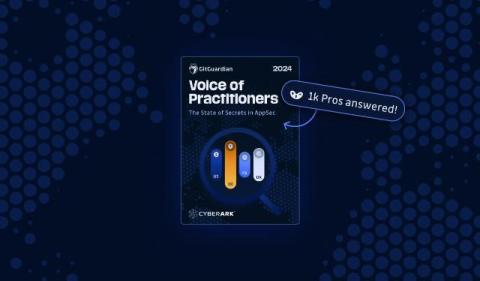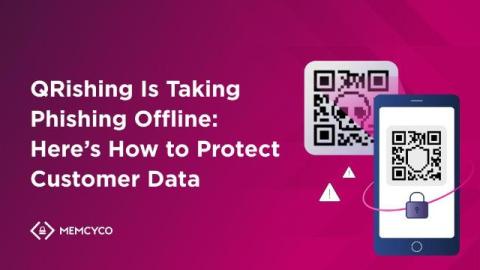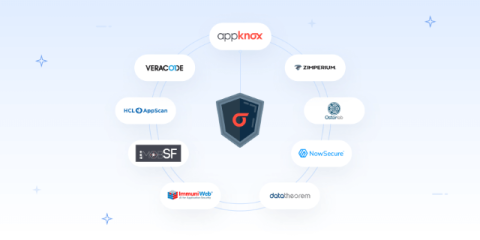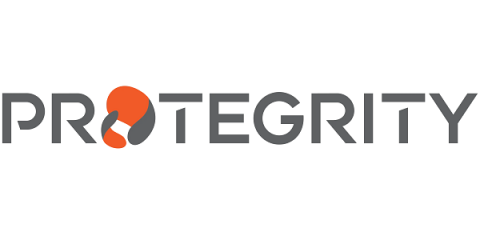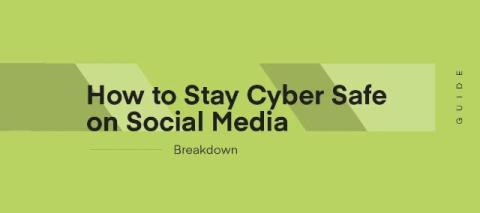Salt Security and Dazz: A Powerful Partnership for API Security
As organizations adopt more modern application strategies, APIs are increasingly important for enabling seamless communication and data exchange. However, this interconnectedness also introduces more significant security risks. APIs are gateways to sensitive information, making them prime targets for attackers. This can result in data breaches, business disruptions, and reputational damage.



